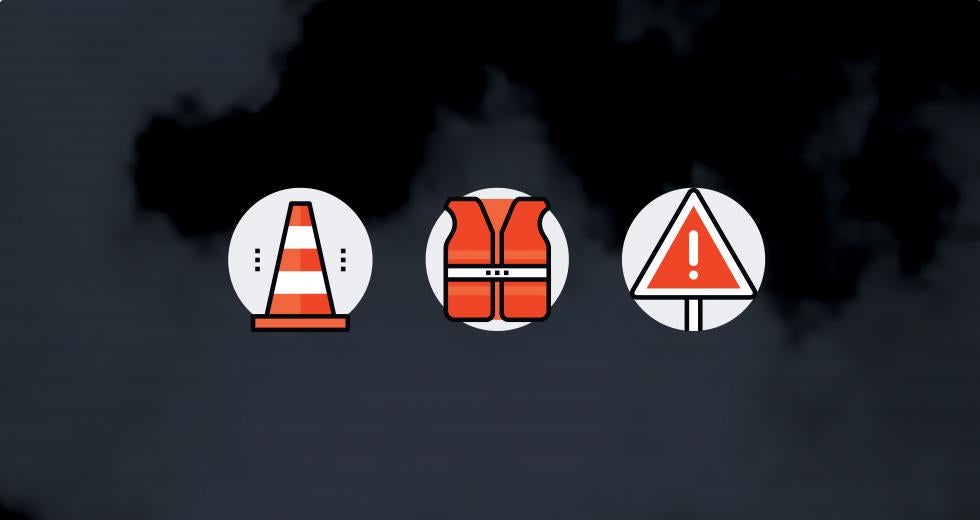There’s an ethical reason to follow safety measures on construction sites, but there’s also financial reasons. The first is obvious: It’s simply the right thing to do to take care of your employees and ensure their workplace safety. The second is that insurance rates can skyrocket for companies that have numerous on-site injuries and incidents. It’s worth the time and investment in safety training, in order to save tens of thousands of dollars, he says.
“In our industry, it can be very dangerous,” says Tim Murphy, CEO of the Sacramento Regional Builders Exchange. For example, there’s “equipment being moved by cranes that could fall, people working with power tools, people routinely lifting heavy items.”
Heat exposure is another major problem for workers in the Capital Region, Murphy says. “[People] just think of the guys in the hard hats, but one of the most important people on a job site is the safety supervisor to make sure everyone goes home safe at the end of the day.”
Related: Clearing the Air
At the 13th annual SRBX Statewide Safety Expo this April, more than 800 attendees will gather at Cosumnes River College to earn safety certifications, take general safety classes and learn about industry safety management. Murphy says one of their most popular classes is the 10-hour OSHA-certified training, known as OSHA 10. SRBX has teamed up with the local OSHA office out of the Bay Area to offer these classes.
Other safety offerings in the Capital Region include the services of the Cal/OSHA consultation division. John Husmann, the area manager in Sacramento for safety consultation services, says that many employers don’t even know Cal/OSHA offers site visits and will assist with regulations and safe practice codes, as well as review company safety manuals.
“Every job site is unique,” Husmann says. Making sure your Injury and Illness Prevention Programs, also known as IIPPs, is essential. An IIPP can cover heat stress, injury prevention and codes of safe practice. “Our goal is to work with the employer to follow the law,” he says, adding that they do not work with the enforcement division — so employers can feel secure asking for help. A visit from the Cal/OSHA consultation office will help construction companies get and stay up to code.
“You always want to be promoting safety on a worksite,” Murphy says. “You can’t let [employees and employers] get complacent.” Complacency is when mistakes happen. “These are things that can kill people without much warning.”



